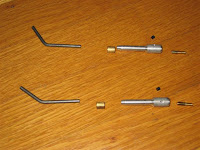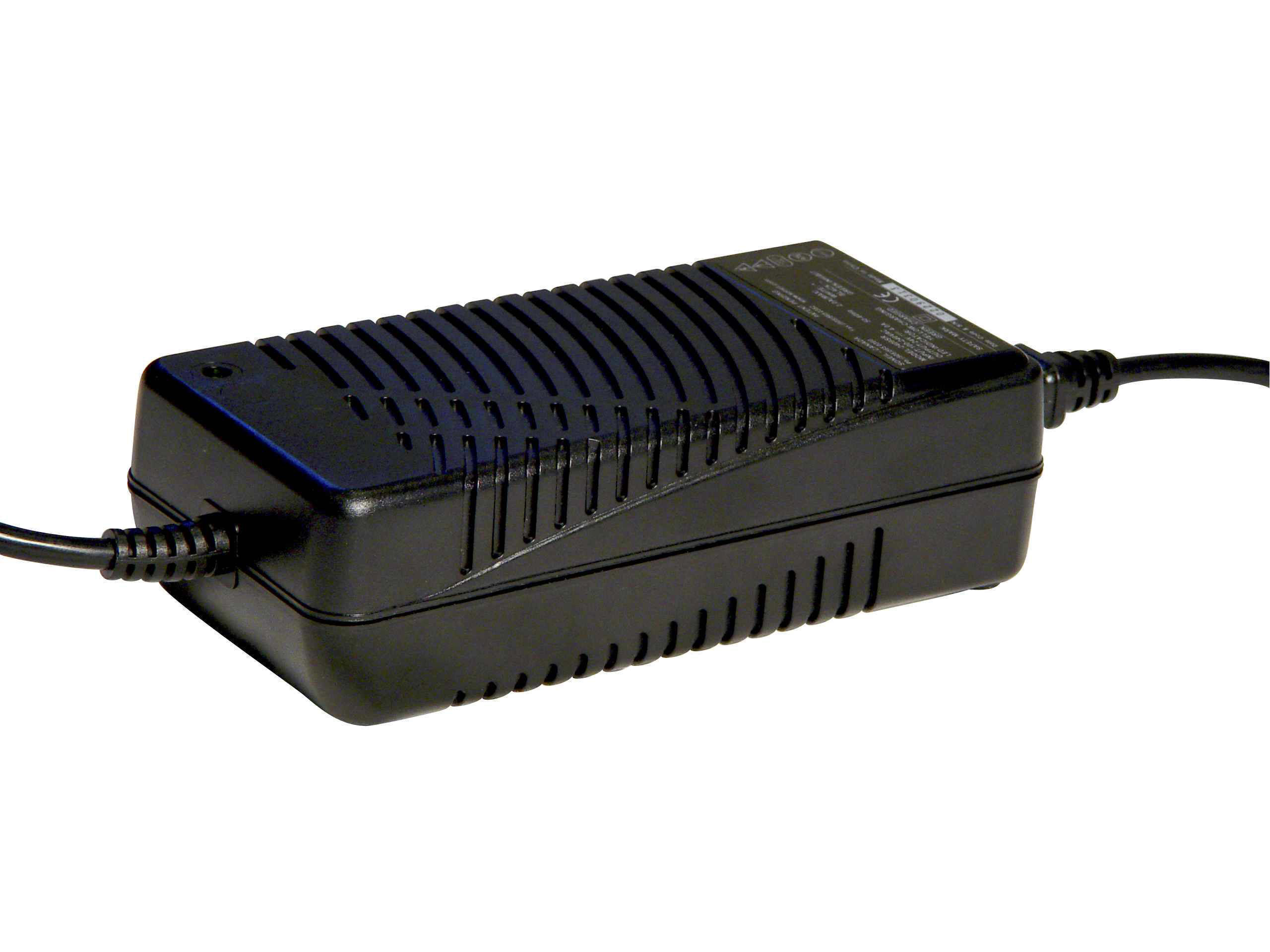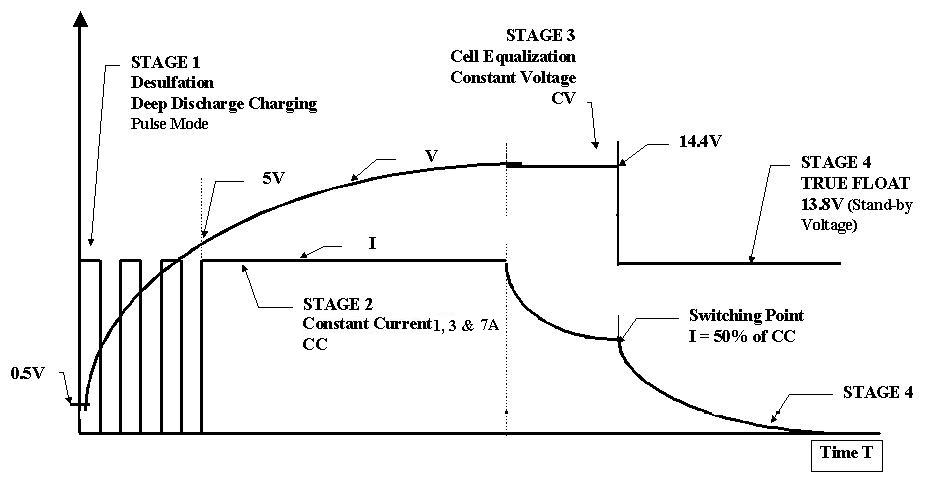
 Here are the bits and pieces from a Tanga and a Freestyler 3 sitting next to each other. The Tanga is a more conventionally sized F3b model while the Freestyler is on the small size. The Tanga is blue while the FS3 is red/white. The Tanga is the longer fuselage and the larger joiner.
Here are the bits and pieces from a Tanga and a Freestyler 3 sitting next to each other. The Tanga is a more conventionally sized F3b model while the Freestyler is on the small size. The Tanga is blue while the FS3 is red/white. The Tanga is the longer fuselage and the larger joiner.The wing panels on both models are almost identical in weight. 578g for the Tanga and 580g for the FS3. The FS3 does also have a ballast channel in the wing. The Tanga joiner is much larger and slightly thicker but only 10g heavier, 127g vs 117g. Tails are really close in size and weight. The Tanga is 34.8g and a FS3 with the control horn added is 33.2g. The Tanga fuse is a little lighter, but when you add in the ballast tube, the Tanga is 308g while the FS3 is 290g.












